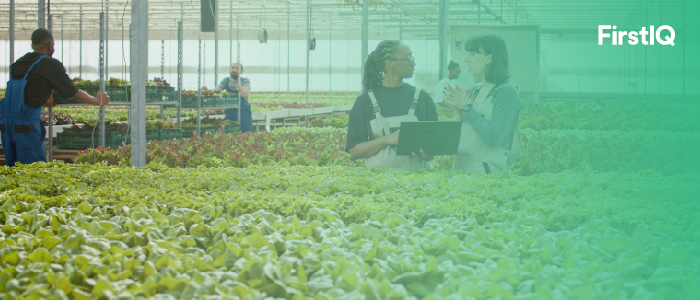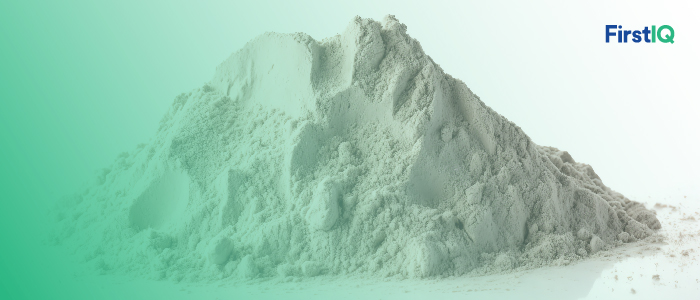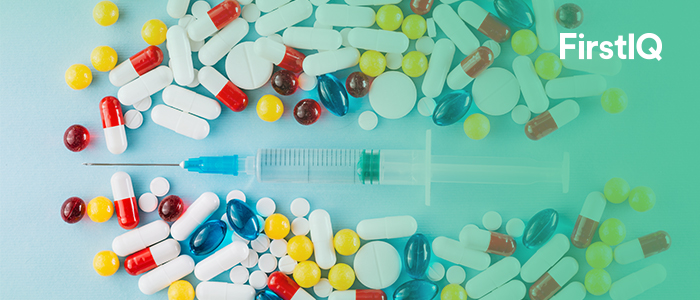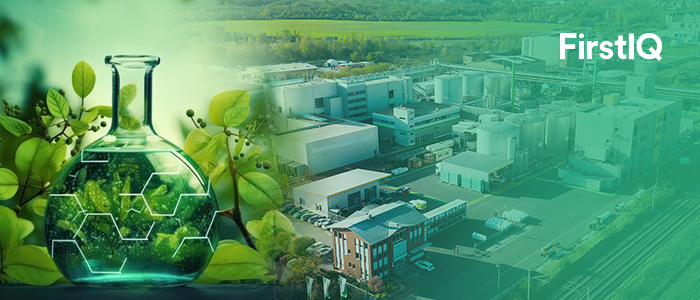From Toxic to Transparent: China’s Pigment Industry Enters a New Era in 2025
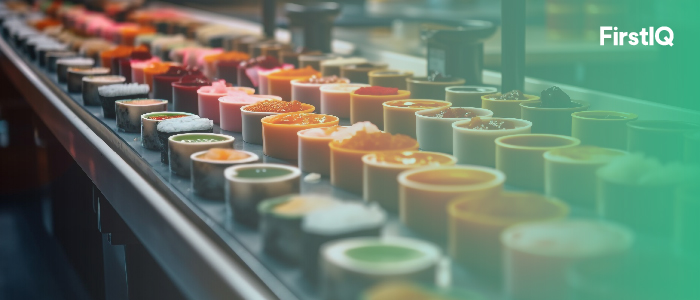
In 2025, the Chinese dyes and pigments industry will be at the forefront of a new era. Once associated with scale and tempo, the country is now indicating a new age dominated by stringent regulatory control, worldwide safety convergence, and unrelenting drive toward sustainable chemistry.
As the largest manufacturer and exporter of synthetic dyes and pigments in the world, China is being closely monitored by global industry players as the new rulebook comes into effect. The rulebook has already started making its presence felt, both within China and along supply chains around the globe.
New Food Colouring Law Reshapes Ingredient Standards
On May 1, 2025, China released long-awaited regulations referred to as "Colouring Food Ingredients for the Food Industry". The regulation is China's formal acknowledgement and regulation of natural, plant-derived colourants, or so-called "colouring foods".
Regulations include mandatory compliance measures such as:
- Traceability of raw material from factory to farm
- Rigorous limits on residue solvents and pesticide levels
- Product labelling to distinctly differentiate food additives and colourings
The rule was co-published by the Ministry of Industry and Information Technology (MIIT) and the China National Food Industry Association (CNFIA) after consultations with food colour manufacturers and safety experts.
Producers of natural colourants such as paprika oleoresin, spirulina blue, beetroot red, and butterfly pea extract must now:
- Enhance the refining process
- Adopt more rigorous documentation and batch tracking
- Get ready for more transparent consumer-facing labelling
Compliance audits will be launched in the fourth quarter of 2025 for titans of manufacturing provinces like Zhejiang, Jiangsu, and Guangdong.
VOC Control and Industrial Coating Reform
China promulgated general coating regulations under the new GB 30981 series, in addition to food-grade reform. New issued standards, i.e., GB 30981.1-2025 (architectural) and GB 30981.2-2025 (industrial), were released on May 30, 2025, and will come into force from June 1, 2026.
The key provisions of the new norms are:
- Reduced levels of VOCs
- Stricter limits of aromatic amines
- Restrictions on heavy metals like lead and cadmium
- Regulation of residues of formaldehyde
The regulations also better specify the product uses, such as:
- Stricter regulation of indoor or consumer application of coatings
- Particular ceilings on industrial coatings and exterior coatings
These regulations are meant to restrain environmental pollution caused by the manufacture of solvent-based coatings and pigments.
Manufacturers of all types of products, such as printing inks, powder coatings, emulsion paints, and pigment dispersions, are now compelled to redesign their products to provide continuous compliance.
Robust Enforcement While Trust in Export Growth Efforts
Enforcement is already initiated in megacities such as Shanghai, Tianjin, and Guangzhou, with checks being conducted on:
- Wastewater treatment facilities
- Devices utilized for emissions testing
- Traceability of the origin of raw materials
Non-compliance may result in fines, including:
- Temporary or permanent plant closure
- Suspension or denial of export license
- Inward monitoring of outward shipment
China's dye and pigment exports went up 5.7% in the first quarter of 2025 year-on-year despite stringent controls. Chinese compliant suppliers are now rated as more reliable by more buyers, hence boosting their long-term sourcing confidence.
Green Petrochemical Innovation Plan Gains Momentum
Through backing from regulation policies, the China Green Petrochemical Innovation Program 2025–2030 was revised in March 2025. The program extends financial and technical assistance to innovations such as:
- Algae-based colouring agents
- Enzyme-based dye intermediates
- Recoverable and recyclable pigment systems
The developments aim to enable China to transition from conventional synthetic chemistry to bio-based and circular alternatives.
Implications for China's Pigment Industry
China's evolving regulatory environment is more than compliance. It is a holistic rethink of work priorities across most industries, as stakeholders across textile, food, beverage, automotive, packaging, and building industries have to:
- Rethink procurement standards
- Step up traceability and quality control efforts
- Rearrange products where sustainable market demand is leading them
The second half of 2025 will mark the turning point. With open rules, implementation timetables, and strict enforcement, China's dye and pigment industry will be evolving into a more sustainable, environmentally friendly, globally integrated enterprise.
Briefly, China's world colour is being charted on new terms with sustainability, safety, and transparency as the master plan, with colour in the new era going hand-in-hand with responsibility as much as colour.

